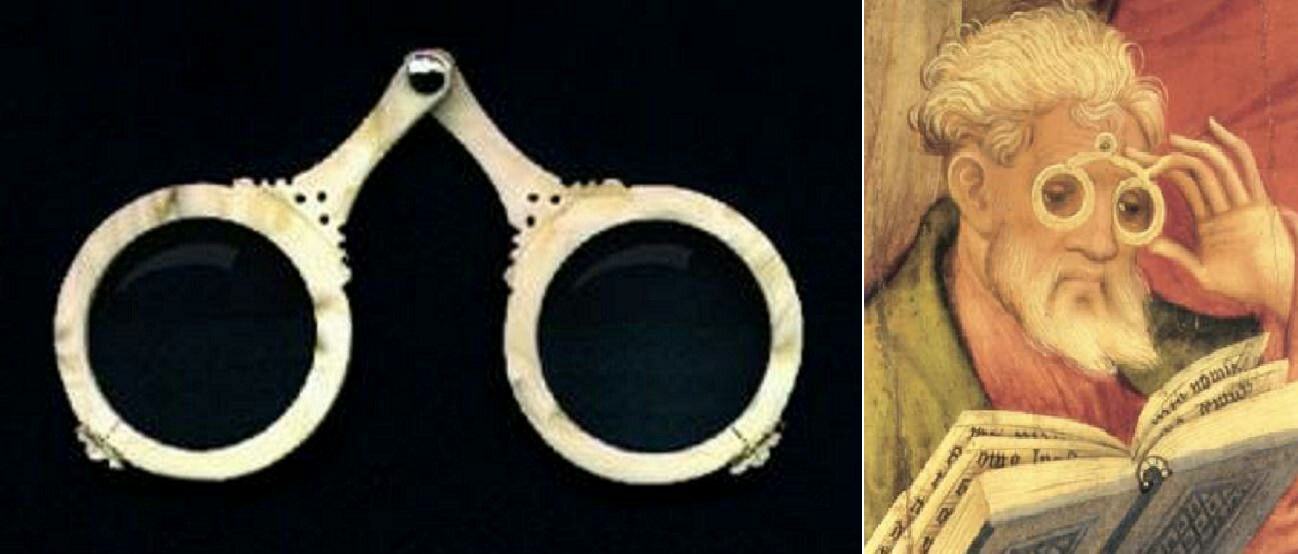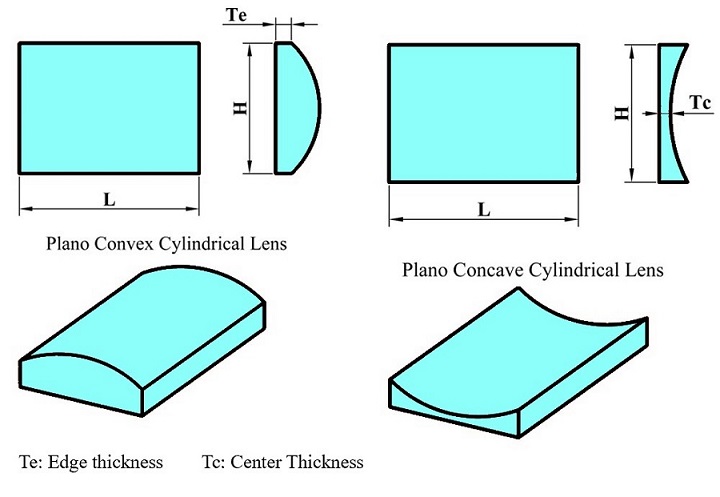History Of Design: Spectacles (ADITI BHADORIA- 22BDI001)
COURSE: HISTORY OF DESGIN
SPECTACLES
MY OBJECT:-
The History of Glasses go way beyond the time when it is said to be invented. During my research I discovered that a Roman Author Gaius Plinius Secundus called Pliny the Elder mentioned in his Natural History, that Emperor Nero used visual aid glasses in the Greek and Roman times. After that in the early 12th century, Roger Bacon an English Philosopher is said to have used optical glasses. It is said the first proper glasses were invented in central italy most likely in Pisa. The earliest pictorial evidence for the use of eyeglasses is Tommaso da Modena's 1352 portrait of the cardinal Hugh de Provence reading in a scriptorium.
The American scientist Benjamin Franklin, who had both myopia and presbyopia, invented bifocals. The first lenses for correcting astigmatism were designed by the British astronomer George Airy in 1825.
Over time, the construction of frames for glasses also evolved. Early eyepieces were designed to be either held in place by hand or by exerting pressure on the nose (pince-nez). Girolamo Savonarola suggested that eyepieces could be held in place by a ribbon passed over the wearer's head, this in turn secured by the weight of a hat. The modern style of glasses, held by temples passing over the ears, was developed sometime before 1727, possibly by the British optician Edward Scarlett.
Despite the increasing popularity of contact lenses and laser corrective eye surgery, glasses remain very common, as their technology has improved. For instance, it is now possible to purchase frames made of special memory metal alloys that return to their correct shape after being bent. Other frames have spring-loaded hinges. Either of these designs offer dramatically better ability to withstand the stresses of daily wear and the occasional accident. Modern frames are also often made from strong, lightweight materials such as titanium alloys, which were not available in earlier times.
⦁ 1000 AD- The Reading Stone Was Invented, A glass sphere that was laid on top of material to be able to read it better.They also knew how to enlarge things with glass spheres filled with water through which they were able to observe magnified objects.
⦁ 1352 AD- Tomasso da Modena showed a representation of eye glasses in his artwork. His paintings showed people wear magnifying glasses on their nose.
⦁ 1600 AD- Spanish craftsman invented the first eyeglass frame temple. They put strings or silk through the frame and looped them over their ear's.In the second half of the fifteenth century, the glasses for the nearsighted are already mounted with biconcave lenses. The materials used to manufacture the frames were whalebone, horn, tortoiseshell and leather. The structure of the frame was arched and the spring bridge pinched the nose.
⦁ 1727 AD- Rigid Temple Eye Glasses were invented by Optician Edward Scarlett, which sat upon the user's ears which helped the glasses stay on their face. they were equipped with rigid side-arms pressing on the temples ending in large loops.
⦁ 1825 AD- Cylindrical Lenses were invented by Sir George Airy. These lenses were used to correct astigmatism. the most popular eyewear of this time was the “pince-nez“ developed in the 1830s with oval lenses, without side-arms and whose stability on the nose depended entirely on a spring support of the bridge.
⦁ 1827 AD- Bifocals and Trifocals were invented by Benjamin Franklin. Bifocal helps correct nearsightedness and trifocals help correct near,medium, and distant vision impairments.
⦁ 1900 AD- Moritz von Rohr designed the first aspheric lense for eye glasses (a surface profile that reduced spherical aberration) which later became known as the Zeiss Punktal lense.
⦁ 1936 AD- William Feinbloom produced plastic lenses due to the creation of polymethyl methacrylate.
⦁ 2000 AD- Today, eyeglasses, especially bifocals and progressives, are plentiful and come in a variety of colors, styles, shapes, and sizes. Their usefulness and longevity are assured, as they continue to evolve with new technology and the needs of the future.
The modern glasses have come really far from the reading stone timeperiod. In the old ages it might had been hard to believe that one day "reading stones" can be improved in such a way that it can be easily worn by a person on their ears and hanging through their nose. Therefore, I do not dought that the future will surprise us further on the same.
I personally believe that in the coming years, the glasses will be made in such a way that we will not require a frame to balance it on our ears rather it will be manufatured in such a way that the nose will be enought to keep the glasses in place. The glasses will also start having memory cards, to store what we view or have serves's like providing us information regarding a product by simpily scanning it.
The future is unpredictable and so is the innovation.
THANK YOU
NAME- ADITI BHADORIA
ROLL NO.- 22BDI001
CITATIONS
https://www.luxottica.com/en/about-us/museo-dellottica/eyeglasses-timeline
https://www.readingglasses.com/blogs/news/history-of-eyewear
https://www.timetoast.com/timelines/history-of-eye-glasses



_1352_150cm%2C_treviso%2C_ex_convento_di_san_niccol%C3%B2%2C_sala_del_capitolo.jpg)





Comments
Post a Comment